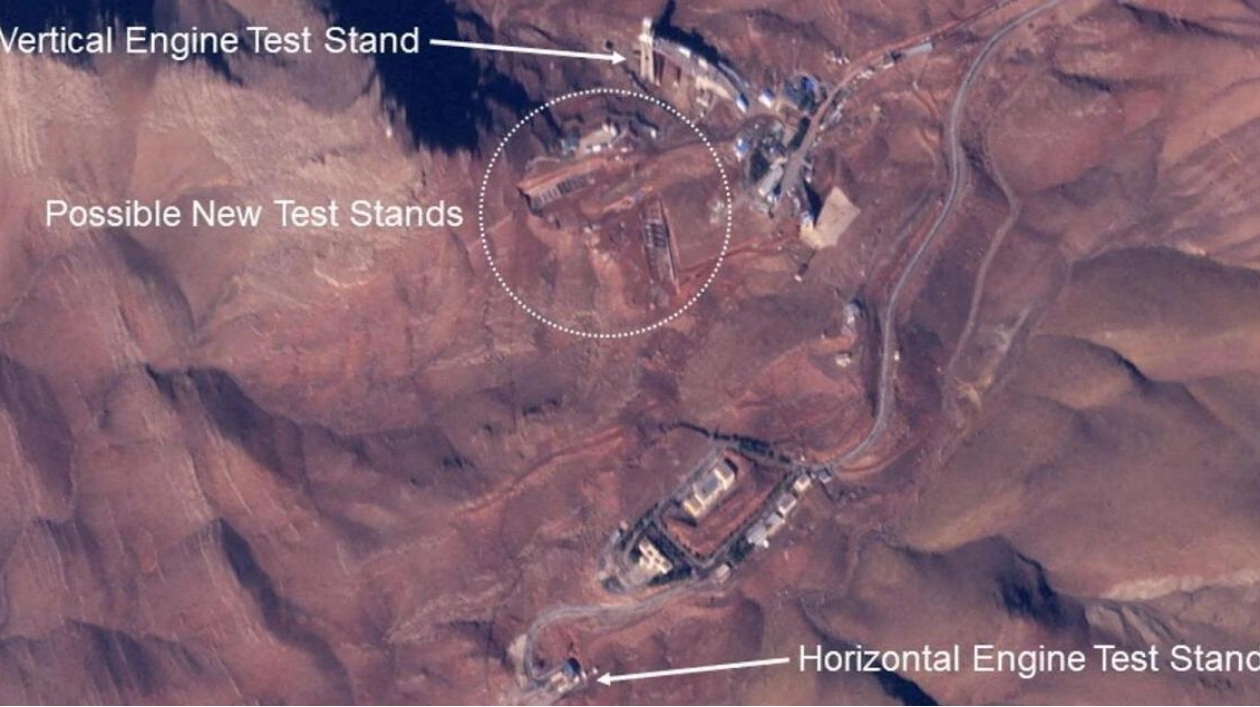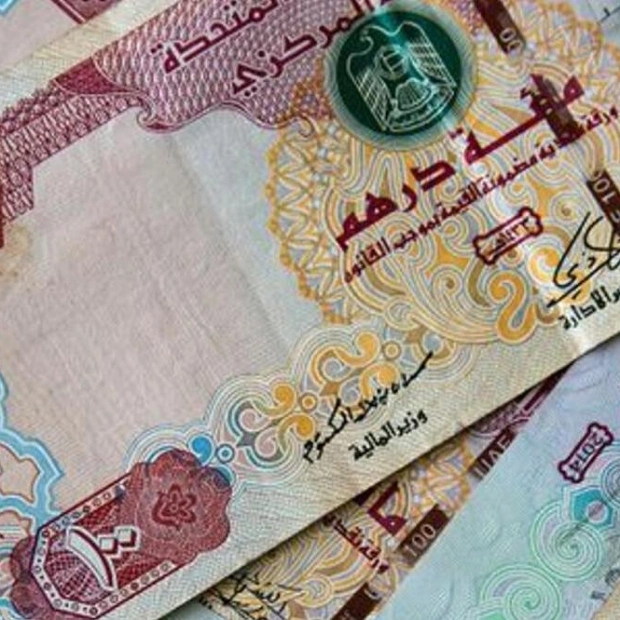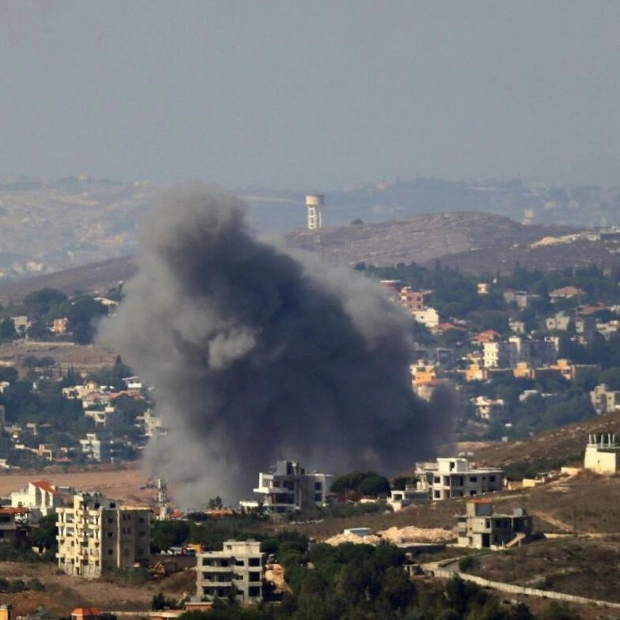A satellite photo obtained by Reuters on July 5, 2024, shows suspected missile engine test stands at the Khojir complex near Tehran, Iran.
An American researcher claims that an Israeli airstrike on Saturday targeted a building linked to Iran's defunct nuclear weapons development program. Additionally, facilities used for mixing solid fuel for missiles were also reportedly hit. The assessments, based on commercial satellite imagery, were independently made by David Albright, a former UN weapons inspector, and Decker Eveleth, an associate research analyst at CNA, a Washington think tank. They informed Reuters that Israel struck buildings in Parchin, a large military complex near Tehran, and also hit Khojir, a sprawling missile production site near Tehran, according to Eveleth. Reuters had previously reported in July that Khojir was undergoing significant expansion.
Eveleth suggests that the Israeli strikes may have significantly hindered Iran's capability to mass-produce missiles. The Israeli military confirmed that three waves of Israeli jets targeted missile factories and other sites near Tehran and in western Iran early on Saturday, in response to Tehran's October 1 barrage of over 200 missiles against Israel. Iran's military stated that the Israeli warplanes used 'very light warheads' to strike border radar systems in the provinces of Ilam, Khuzestan, and around Tehran.
In posts on X, Albright revealed that commercial satellite imagery indicated Israel hit a building in Parchin known as Taleghan 2, which was used for testing activities during the Amad Plan, Iran's now-defunct nuclear weapons development program. The UN nuclear watchdog, the International Atomic Energy Agency, and US intelligence believe Iran shut down the program in 2003, although Iran denies pursuing nuclear weapons. Albright, who heads the Institute for Science and International Security research group, had access to the program's files for a book after they were stolen from Tehran by Israel's Mossad intelligence agency in 2018. He noted that the archives showed Iran kept crucial test equipment in Taleghan 2.
Albright told Reuters that commercial satellite imagery of Parchin showed Israel damaged three buildings approximately 320 meters from Taleghan 2, including two where solid fuel for ballistic missiles was mixed. Eveleth stated that an image from Planet Labs, a commercial satellite firm, showed Israel destroyed three ballistic missile solid fuel mixing buildings and a warehouse in the sprawling Parchin complex. Planet Labs imagery also indicated that an Israeli strike destroyed two buildings in the Khojir complex where solid fuel for ballistic missiles was mixed. These buildings were enclosed by high dirt berms, structures associated with missile production designed to prevent a blast in one building from detonating combustible materials in nearby structures.
Eveleth commented that Israel's targeting of buildings housing solid-fuel mixers could significantly impact Iran's ability to mass-produce missiles, as these industrial mixers are difficult to make and subject to export controls. Iran has imported many over the years at great expense and may struggle to replace them. With a limited operation, Israel may have dealt a significant blow to Iran's missile production capabilities, potentially making it more challenging for any future Iranian missile attack to penetrate Israel's missile defenses.
Axios reported that Israel destroyed 12 'planetary mixers' used to produce solid fuel for long-range ballistic missiles, quoting three unnamed Israeli sources who stated this severely damages Iran's ability to replenish its missile stockpile and could deter further massive missile strikes against Israel. Iran possesses the Middle East's largest missile arsenal and has supplied missiles to Russia for use against Ukraine, as well as to Yemen's Houthi rebels and the Lebanese militia Hezbollah, according to US officials. Tehran and Moscow deny that Russia has received Iranian missiles.
Earlier this year, Planet Labs imagery reviewed by Eveleth and Jeffrey Lewis of the Middlebury Institute of International Studies at Monterey showed major expansions at Khojir and the Modarres military complex near Tehran, which they assessed were aimed at boosting missile production. Three senior Iranian officials confirmed this conclusion.
Source link: https://www.khaleejtimes.com






